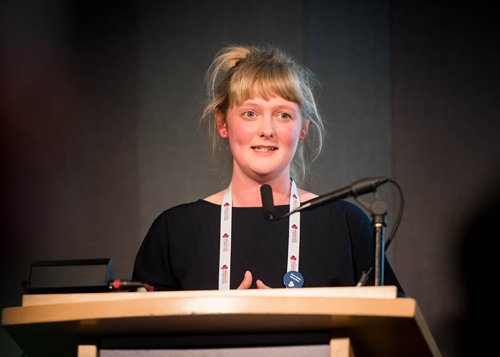
The atmosphere at this year’s Annual Scientific Meeting (ASM) was a particularly energetic mix of excitement and anticipation, alongside some trenchant discussion of the challenges facing the haematology workforce.
As nearly 1,600 delegates descended on the International Convention Centre (ICC) in Birmingham under dampish skies, there was a fair bit of side chatter about workloads and staffing and the usual buzz about new scientific discoveries and medical breakthroughs.
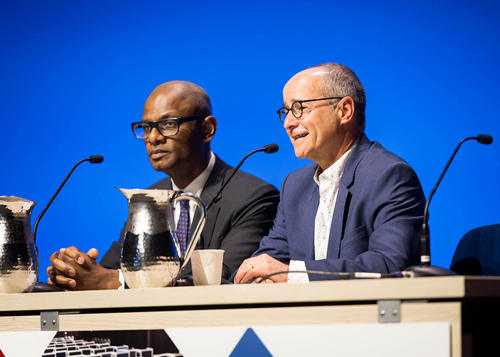
“It’s going to be a difficult few years,” said BSH President Josh Wright, talking in his keynote address about the workforce project the organisation has started.
Ironically what makes the haematology workforce so vital to the health service – because it interfaces with so many other medical disciplines – also makes it particularly complicated to ensure it is fit for the future.
There will need to be some clever thinking about how the whole haematology workforce is constructed and trained and how careers are developed – which is what the BSH project will examine.
And, as the hugely diverse profile of age, race and gender in evidence among the delegates in Birmingham showed, there is no shortage of enthusiasm, talent and commitment to get the workforce to a better place.
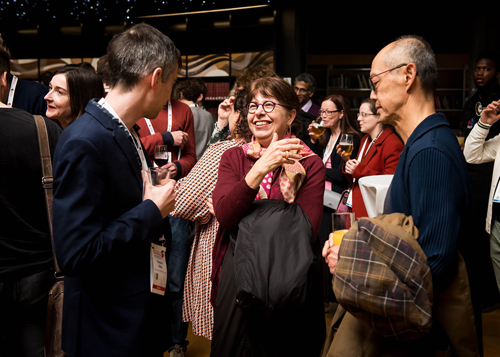
Since the last ASM was the first to be ‘properly’ post-pandemic and, therefore, somewhat hybrid, many were pleased to be fully meeting and networking face to face once again at this key date in the haematology calendar. “It’s so nice just to see everyone again – to be rubbing shoulders and chatting to each other like we do every year,” said one delegate.
Perhaps more importantly, delegates at the ICC were delighted once again to share genuinely new ways of thinking and take the first tentative steps towards potential breakthroughs as they debated and discussed their work. After all, this is not the ‘BSH Annual Conference’ but the ‘Annual Scientific Meeting.’
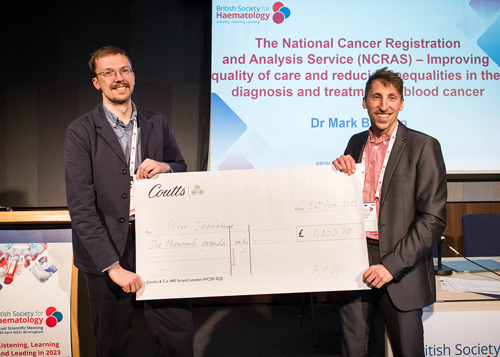
“Incredible things have happened at this conference…we’ve really pushed the boundaries,” said one delegate competing for the £1,000 Crucible Prize. Clearly, events like the ASM create that vital serendipity that science and medicine need to make lateral connections and make new discoveries.
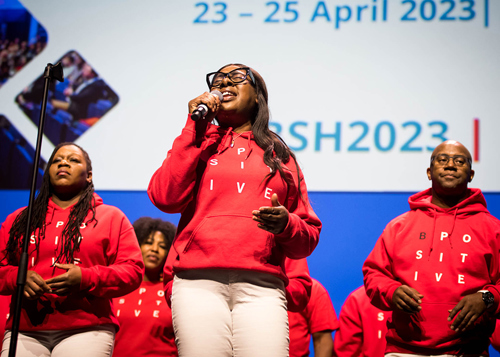
The programme itself reflected this, with sessions on new research and significant advances in haematology packed into the busy agenda, as well as a fascinating, inspiring – but also in some ways alarming – keynote session on AI, sessions on ‘story telling’ from working journalists, and even an exuberant performance from the ‘B Positive’ choir – formed to highlight sickle cell disease and shortlisted on ‘The X Factor’.
Exhibitors seemed to have a spring in their step, too – although that could have been due to an excess of caffeine since every other stand appeared to have a coffee bar. But it worked: each day of the conference, the hall was busy with pharma reps, high-tech medical demos, and people genuinely pleased to see each other. The BSH stand was especially busy.
And as the 1,600 haematology professionals left to take the enthusiasm and energy of the 2023 ASM back into their workplaces, the message from the BSH was clear: the organisation will be there alongside them all to offer a platform and space for support through anything they are facing in the challenging months ahead.
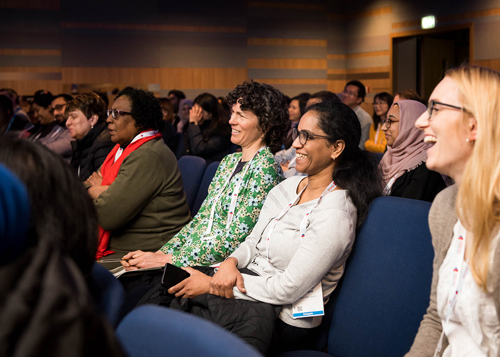
If you enjoyed the ASM and would like to be part of ensuring its continued success, we have a fantastic opportunity available to join the Programme Committee. The role would initially be Vice-Chair, before becoming Chair after the 2025 ASM. You can find more information on our Get Involved page or by contacting our Senior Education Officer, Angela Rausch.
Author: Ron Finlay Communications

